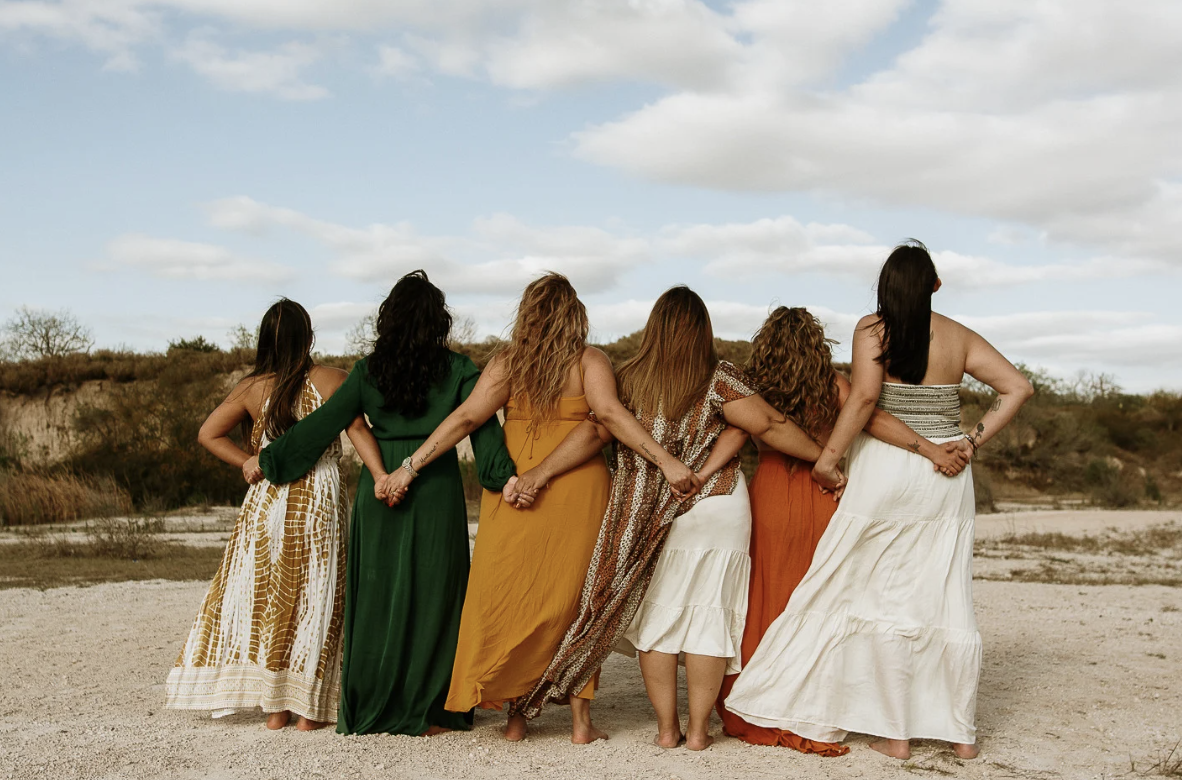Navigating Maternity Care with Confidence: A Brief Guide
In the complex world of maternity care, knowledge and understanding are key to navigating your journey with confidence. This brief guide touches on the essentials of advocating for yourself and understanding the landscape of maternity care, laying the groundwork for a more in-depth exploration available to our subscribers. Please click here for a comprehensive guide to navigating coercion in maternity care.
Maternity Guidelines: Not Set in Stone
- The Essence: Maternity guidelines provide valuable advice but are not inflexible laws. They’re based on varying levels of evidence and should not overshadow personal choice and informed consent.
Your Rights in the Healthcare System
- Key Insight: Familiarise yourself with the NHS Constitution and the Human Rights Act 1998. These documents empower you to make decisions about your healthcare based on informed consent.
The Challenge of Coercion
- A Critical Look: Coercive behavior in maternity care can undermine women’s autonomy. Recognising and addressing this behaviour is crucial for maintaining your agency in decision-making.
Trusting Your Intuition
- A Call to Inner Wisdom: Societal conditioning often discourages reliance on our intuition. Reconnecting with and trusting your inner voice is a foundational step toward empowered childbirth.
Empowerment Through Inquiry
- Strategic Approach: Asking informed questions can shift the dynamics with healthcare providers, encouraging a more collaborative and respectful dialogue about your care options.
Your journey through maternity care doesn’t have to be a path walked in the shadows of coercion or overwhelmed by the daunting stance of authority figures who claim to “know best.” It’s time to illuminate this path with the power of knowledge and the strength of your rights. When faced with the vast machinery of the healthcare system, it may seem like maternity guidelines are etched in stone, directives handed down without room for question. But what if I told you that these guidelines, often perceived as incontrovertible truths, rest on a foundation less solid than you might expect?
Understanding that medical guidelines are not law is the first step toward reclaiming your autonomy in childbirth and beyond. These guidelines are meant to serve as advisories, not mandates, sculpted from the best available evidence but not devoid of gaps or limitations. It’s crucial, then, to familiarise yourself with the NHS Constitution, a beacon that outlines your rights, the pledges, and responsibilities of the NHS to its patients and staff. Surprisingly, many healthcare practitioners themselves navigate their daily duties unaware of the full spectrum of principles enshrined in this document.
Enter the realm of the Human Rights Act 1998, a formidable ally in protecting your freedoms and ensuring that your voice is heard and respected in healthcare decisions. This act safeguards your right to private and family life, encompassing the fundamental ability to make informed choices about your medical care. Unless deemed to lack mental capacity, you stand protected against any forceful imposition of medical procedures, a testament to the sanctity of personal choice and bodily autonomy.
But what happens when the waters are muddied by threats or implications of involving social services? Here, too, you are far from powerless. Armed with a respectful yet firm inquiry-based approach, similar to the template provided, you can challenge such coercive tactics. Requesting to see safeguarding threshold documentation or asking pointed questions places the onus back on healthcare providers to justify their actions transparently and based on evidence, not fear.
Why, then, do some guidelines seem more like edicts than advisories? A revealing study on the Royal College of Obstetricians and Gynaecologists (RCOG) guidelines by Prusova, Tyler, Churcher, and Lokugamage (2014) lays bare a startling truth: a significant portion of these guidelines is founded not on the bedrock of high-quality evidence but rather on the shifting sands of clinical experience and expert opinion. Before and after 2007, a mere fraction of these guidelines were underpinned by the highest level of medical evidence, leaving a majority based on the lowest tiers—clinical experience or low-quality studies.
This discovery is not a call to disdain but an invitation to dialogue, to question, and to seek deeper understanding. Just as Beverley Beech eloquently stated, observing birds in a zoo does not reveal their true nature. Similarly, studying childbirth in highly medicalised settings may not offer a complete picture of its physiological essence and innate safety. Her seminal work, “Am I Allowed?” championed by the Beverley Beech Project, continues to illuminate the path for countless women, empowering them to navigate maternity care with informed confidence and inner strength.
As we traverse this landscape, let us embrace the mantra of change starting within, of asking the right questions, and seeking evidence-based care that honours our autonomy and respects the natural wisdom of childbirth. Let’s journey together, not just as individuals seeking better care for ourselves but as part of a collective striving for a more informed, respectful, and empowering maternity care system.







